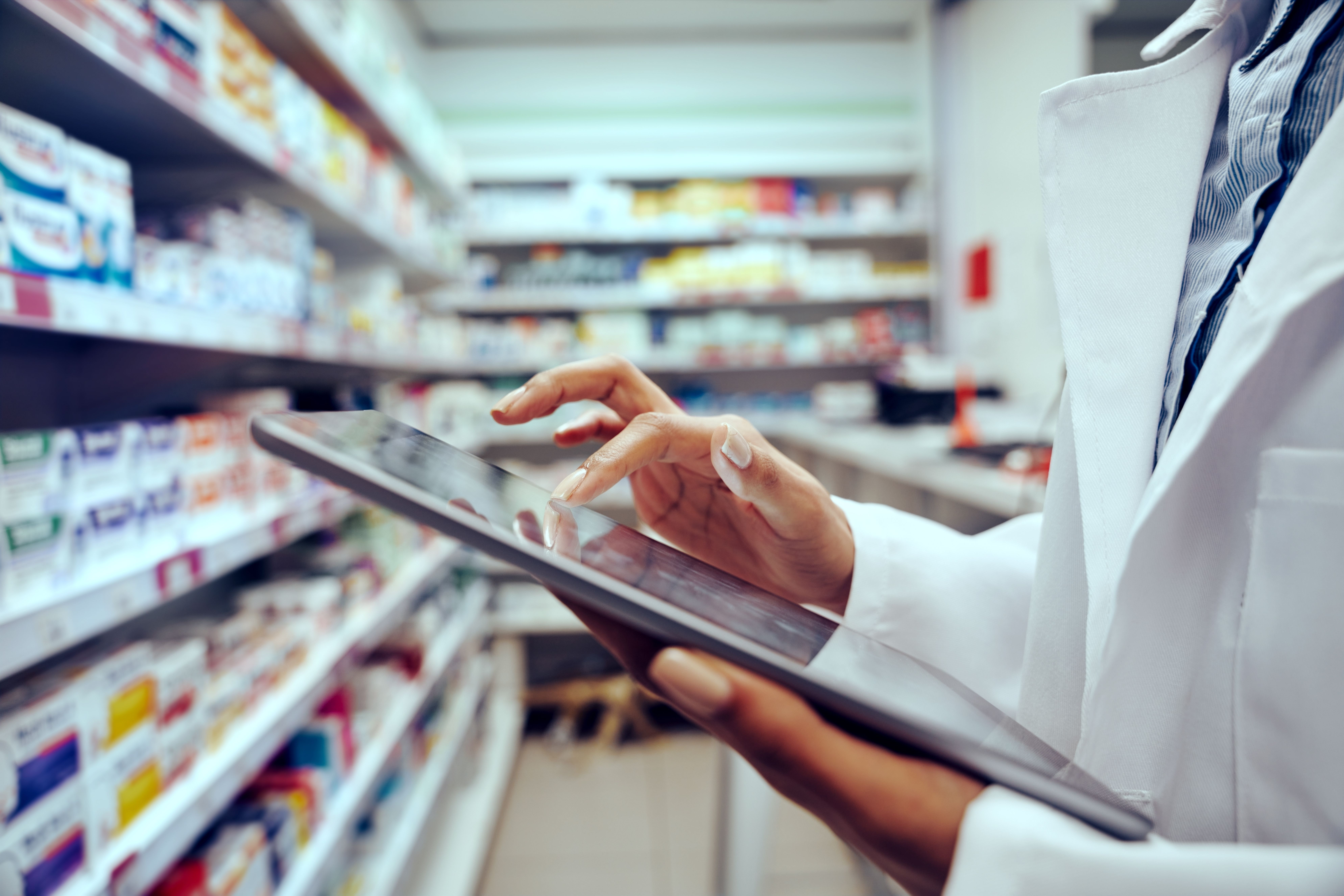Publication
Article
Pharmacy Times
A Pharmacist's Guide to OTC Therapy: Suntan Products
Author(s):
All year round, millions of Americans are interested in getting a healthy glow from the sun or from a tanning booth. A faux glow, however, is better than a real peel (from a sunburn, that is).
Sun-tanning agents absorb 89% to 95% of the ultraviolet B (UVB) radiation,1 but they also allow for a "tan-tastic" burn-free look.
Tanning occurs when the skin produces additional melanin to protect itself from the harmful rays of the sun and/or tanning booth. No suntan is a safe tan, however. Overexposure to UV light can vary from photosensitivity reactions (mild burns and rashes) to premature aging and skin cancer, depending on the amount of solar contact. In fact, many wrinkles and changes in the skin that are thought to be from aging are actually from sun damage.1,2
Sunscreens and sunblocks are similar to sun-tanning products in that they also are used to prevent sun injuries, but sunblocks absorb >95% of UVB radiation and prevent tanning.1 Sun protective factor (SPF) requirements can be determined, based upon skin tone2,3 (Tables 1 and 2).
Sunblock is not the only defense. CHESS is an acronym to help one remember the 5 skin-protecting items1:
- Clothing (sun-protective?tightly woven, dark colors)
- Hat (wide brim all around)
- Eyeglasses (blocking both UVA and UVB light)
- Sunscreen (SPF =15, applied generously)
- Shade (between 10 AM and 4 PM)
Some drugs can contribute to photosensitivity. They include sulfonylureas, nonsteroidal anti-inflammatory drugs, antihistamines, tetracyclines, sulfa drugs, digoxin, quinidine, amiodarone, oral contraceptives, and tricyclic antidepressants. Therefore, it is especially important that patients taking these drugs protect their skin.2
When it comes to sunscreen, people should apply it liberally! No one wants to look as if he or she is emitting enough rays to "nuke" a TV dinner. People should ease up on the solar bathing, however, and not soak themselves in a tubful of sun-tanner?or else a few shades past "bronze beauty" will end up as "radioactive."
Ms. Thomas is a PharmD candidate at the University of the Sciences in Philadelphia, Pa. Dr. Umland is an associate professor of clinical pharmacy at the University of the Sciences and an adjunct clinical assistant professor of family medicine at Jefferson Medical College, Thomas Jefferson University Hospital.
For a list of references, send a stamped, self-addressed envelope to: References Department, Attn. A. Stahl, Pharmacy Times, 241 Forsgate Drive, Jamesburg, NJ 08831; or send an e-mail request to: [email protected].







